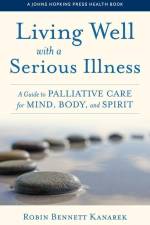av Martin F. Shapiro
369
"Beyond political posturing and industry quick-fixes, why is the American health care system so difficult to reform?Health care reform efforts are difficult to achieve and have been historically undermined by their narrow scope. In The Present Illness, Martin F. Shapiro, MD, PhD, MPH, weaves together history, sociology, extensive research, and his own experiences as a physician to explore the broad range of afflictions impairing US health care and explains why we won't be able to fix the system without making significant changes across society. With a sharp eye and ready humor, Shapiro dissects the ways all groups participating-clinicians and their organizations, medical schools and their faculty, hospitals and clinical corporations, scientists and the National Institutes of Health, insurers and manufacturers, governments and their policies, and also patients and the public-shape and reinforce a dysfunctional system. Shapiro identifies three major problems stymieing reform: commodification of care; values, expectations, unmet needs, attitudes, and personal limitations of participants; and toxic relationships and communication among these groups.Shapiro lays out a sweeping agenda of concrete actions to address the many factors contributing to the system's failings. Highlighting the interconnectedness of both the problems and potential solutions, he warns that piecemeal reform efforts will continue to be undermined by those who believe they have something to gain from the status quo. Although overhauling our health care system is daunting, Shapiro nonetheless concludes that we must push forward with a far more comprehensive effort in all sectors of health care and throughout society to create a system that is humane, effective, and just"--






























